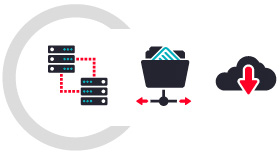Achieving Social Innovation Through Technology in Thailand
Throughout our history, technological and social innovations have been the instrument of our transformation. It has enabled us to grow from humble villages to urban cities, serving as engines of growth for the country.
In Thailand, millions flock to Bangkok for jobs, resulting in the growth of its urban population from 5.9 million in 1990 to nine million in 2010. It is expected to grow by another 22% come 2030.
Besides people, Bangkok is also home to 9.5 million vehicles, about eight times as many vehicles per person compared to Shanghai.
Thailand has made remarkable progress in social and economic development, reaching upper-income country status in less than a generation. However, growth has stalled recently due to various challenges. We break down these challenges, offer a helping hand with our social innovation expertise and help to co-create a better future of possibilities enabled by technology.
Thailand is home to
69million people
Thailand’s economy is
20 THLargest in the world
Thailand’s GDP per capita is
US$17,750In terms of PPP
How Hitachi Co-Creates a Brighter Future for Thailand

To ease the congestions, Hitachi is working on the Bangkok Metropolitan Rapid Transit’s Red line
Read More
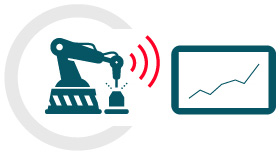
As part of a smart city project, Hitachi has been tasked to set up Smart Factories in Chonburi
Read More
Traffic Jams and Congestion in Bangkok
Bangkok, the capital of Thailand, is home to more than 9 million people. Unfortunately, Bangkok is also home to nearly 9.5 million vehicles.
Bangkok
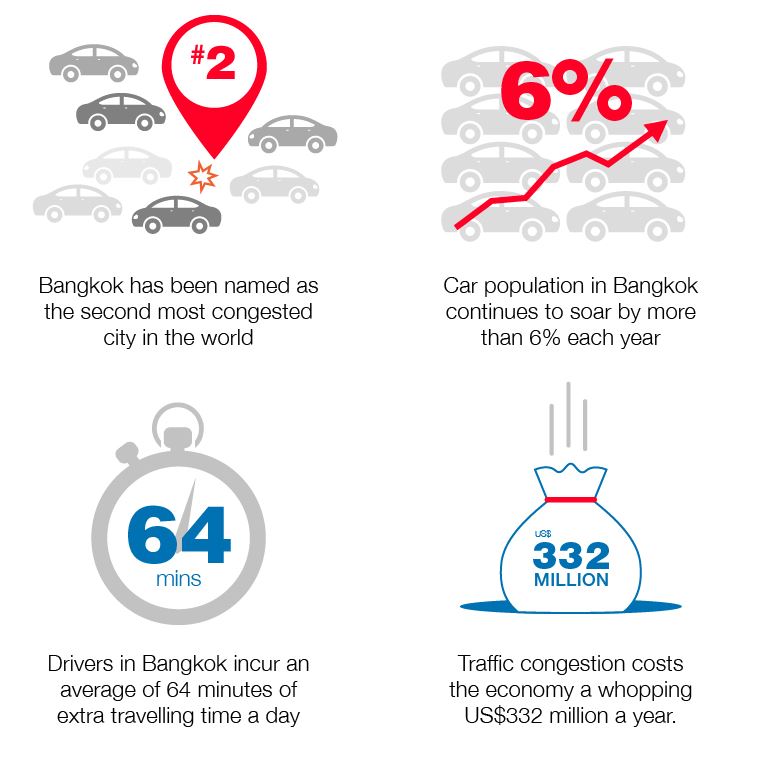
Notorious for its congested streets, Bangkok was ranked the world's second most congested city in 2016, as drivers wasted up to 64 minutes a day stuck in traffic. Experts believe the jams cost the economy US$332 million a year, due to the loss in economic value caused by people stuck in traffic.
To ease the congestion, cities over the world have turned to transportation systems such as metros or subways. One such system is the Bangkok Metropolitan Rapid Transit's Red Line, which Hitachi is working on.
Another technology adopted by Bangkok is a smart traffic monitoring system. By deploying sensors around the city, the system could decrease up to 8,000 accidents a year and save Bangkok an estimated U$1 billion.
Evolving the Manufacturing Sector
Accounting for 27% of GDP in 2016, the Thai manufacturing sector is losing competitiveness to its neighbours with lower wage costs.
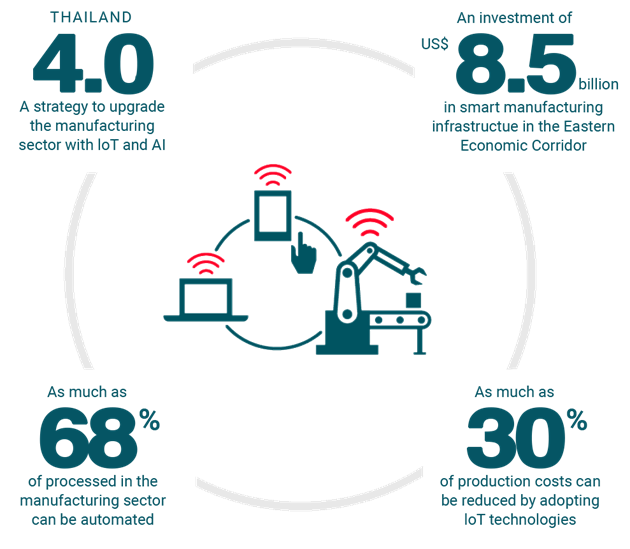
Smart technologies are also known as IoT (Internet of Things) and the Thai government is further deploying them in its manufacturing sector, which accounts for 27% of its GDP. Despite the sector's achievements, experts believe Thailand is falling into the middle-income trap, with persistent low-growth and a middle per-capita income range.
To escape the trap, the government has embarked on Thailand 4.0 by adopting automation, robotics and IoT technologies. The manufacturing sector has played a leading role in adopting IoT to improve its manufacturing efficiency and cut costs by up to 30%.
Estimates revealed that it is possible to automate as much as 68% of processes in this sector. One of the most exciting projects lies in the Eastern Economic Corridor, where Hitachi is setting up Smart Factories in Chonburi province. This smart city project is expected to create 100,000 new jobs.
Upgrades for the Digital Economy
The digital economy is expected to play a critical role in every industrial sector in Thailand
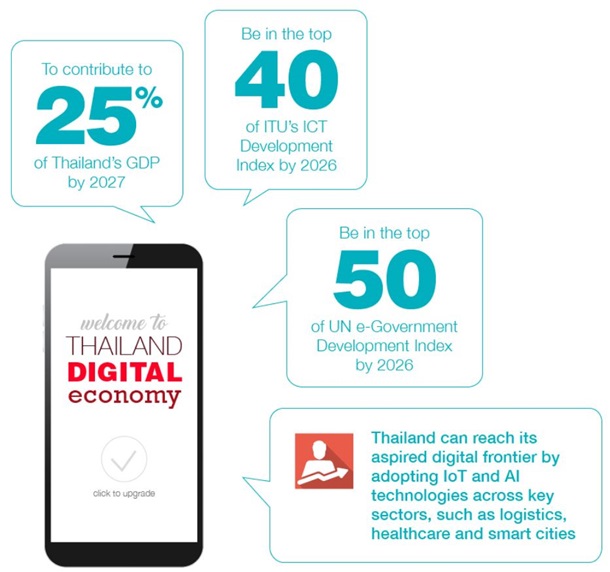
Multiple projects associated with the digital economy have also been rolled out, such the Smart City pilot in Phuket, Thailand's first-ever national e-payment system and the Digital Park in Sriracha. One of the aims of the Digital Park is to attract foreign investment in data centres, R&D facilities and new digital businesses, with the goal of promoting Thailand as a digital infrastructure hub. To help achieve this vision, Hitachi has committed to build a cutting edge IoT centre in the Eastern Economic Corridor. Coupled with big data analytics and AI, the IoT centre can help with various issues, such as managing human traffic flow in dense areas, a crucial aspect in urban planning and smart cities.
Find out more about Hitachi AI Technology/H and Lumada
Release Date: December 2017



